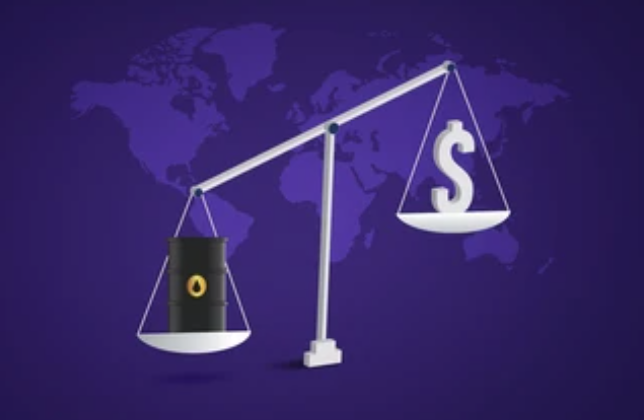
Daniel Rogers
Jul 21, 2022 11:48

On Wednesday, CFDs that follow the price of WTI, the primary benchmark for US sweet light crude oil, fluctuated within accustomed intra-day bands just over the $100 per barrel level. Prices were pressured earlier in the session by the most recent weekly US EIA crude oil inventory report, which showed a rise in US gasoline inventories of 3.5 million barrels, well above the expected gain of 71,000 barrels and stoked concerns about a potential decline in fuel demand despite the peak US driving season. Analysts said that it may be a warning indication that low demand is being caused by high gas costs (US gasoline prices reached record highs in June).
However, market analysts claimed that later in the day, worries over supply constraints kept oil prices supported. The major oil export route from Canada, the Keystone pipeline, did indeed continue to run at a reduced capacity on Wednesday for a third straight day, according to oil dealers monitoring the situation. After Saudi Arabian government representatives indicated earlier this week that they would not be willing to swiftly raise oil output, North American supply problems have arisen.
You should only trade derivatives with funds you can afford to lose because doing so entails a significant level of risk to your investment. Trading derivatives may not be appropriate for all investors, so make sure you are fully aware of the risks and, if required, seek independent advice. Before engaging in a transaction with us, you should carefully review the Product Disclosure Statement (PDS), which is available on this website or upon request from our offices. Spreads starting at 0.0 pips are available with commission fees of USD $3.50 for every 100k transacted in raw spread accounts. Standard accounts provide spreads starting at 1 pip with no added commission fees. CFD index spreads begin at 0.4 points. Residents of any nation or jurisdiction where such distribution or usage would be in violation of local law or regulation are not the intended audience for the material on this website.
Except for Russia, whose oil shipments have recently been avoided due to sanctions on the nation for its invasion of Ukraine, analysts claim that only Saudi Arabia and the United Arab Emirates have the spare capacity to considerably raise oil production in the near future.
CFDs that follow the price of US natural gas in futures contracts rose substantially on Wednesday after crossing above their 50-Day Moving Average at a price little under $7.50. Since earlier monthly lows, prices have already increased by over 50% as traders keep an eye on the escalating energy crisis in Europe.
In reaction to remarks made by Russian President Vladimir Putin, who threatened to further halt gas deliveries to Europe, the EU recommended its member states to cut their gas use by 15% between now and next March. The Nord Stream 1 pipeline used to transport Russian gas to Europe is now shut down for yearly maintenance; operations are expected to restart on Thursday.
There were worries that Russia would never restart the pipeline, which is operated by the nation's state-owned gas exporter Gazprom. Reports from earlier this week, however, downplayed these worries. However, if Putin's warnings are taken seriously, gas supply may resume in even smaller volumes than before the stoppage. A 15% decrease in gas use suggests that the EU economy will suffer between now and next March.
A rebound in the US dollar coupled with a rally in major US equity bourses to fresh multi-week highs put safe-haven precious metals under pressure on Wednesday. A breach below the psychologically significant $1,700 mark, which spot gold prices were last targeting for a retest, may lead to a decline towards 2021 lows in the $1,680 region. Spot silver prices were also trading down after failing to rise beyond $19 per troy ounce once more.


Jul 21, 2022 11:51